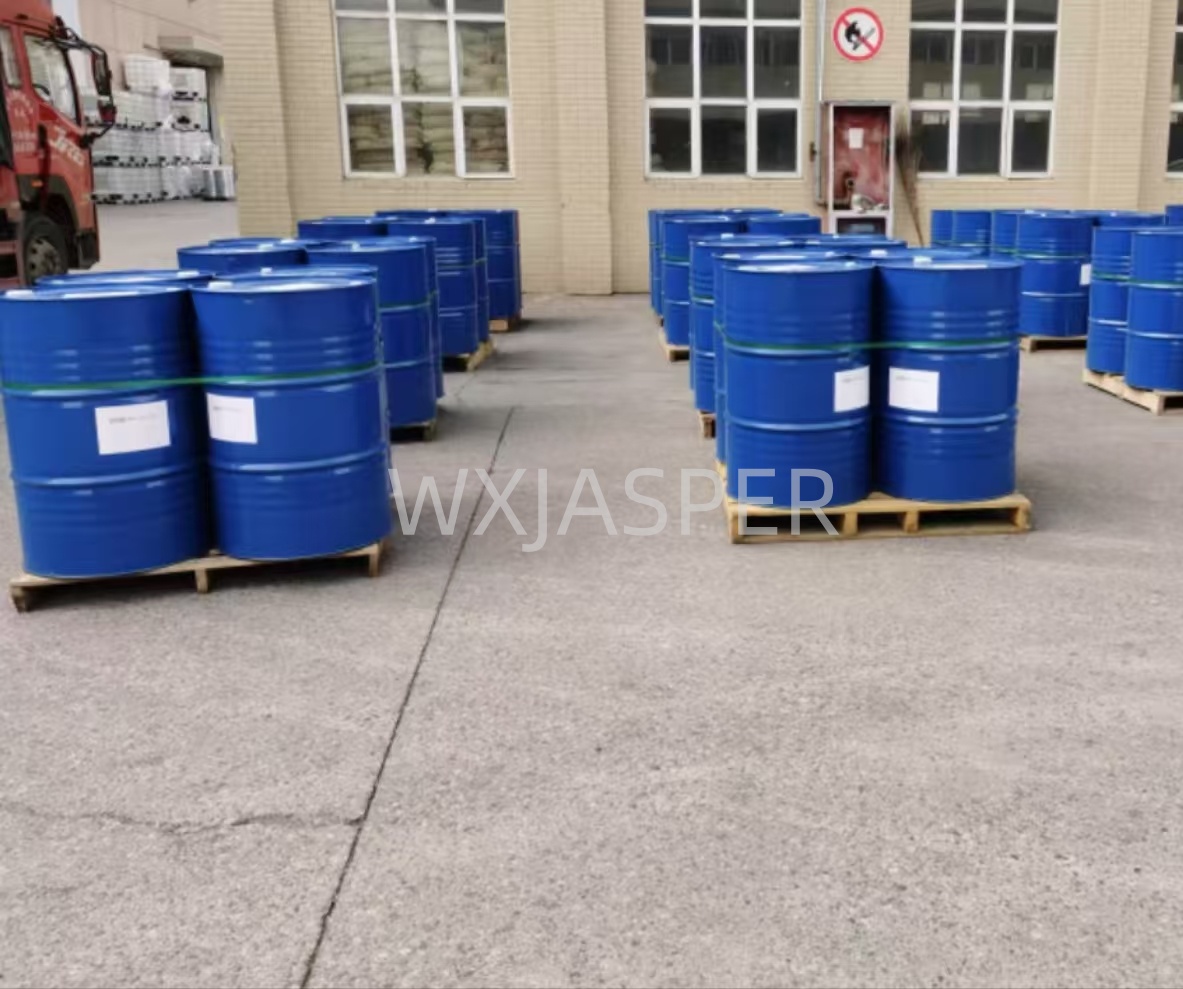Your Location:Home > Products > Solvents > Alcohols, C12-14



CasNo: 80206-82-2
MF: C13H28O
Appearance: liquid
Delivery Time: 15 days
Packing: 200kg/drum
Purity: 98.5%
Basic Information
|
Model NO. |
80206-82-2 |
Appearance |
Liquid |
|
Color |
Colorless |
Purity |
98.5% |
|
Grade Standard |
Industrial Grade |
Specification |
200kg/drum |
|
Transport Package |
Drum |
Origin |
China |
Product Description
Product Name:C1214 Alcohol C1214
CAS No: 80206-82-2
Form: Liquid
Product Application
Surfactant Synthesis:
Nonionic Surfactants: Reacted with ethylene oxide to produce Alcohol Ethoxylates, a key ingredient in detergents and personal care products.
Anionic Surfactants: Sulfated or ethoxylated and sulfated to produce Alcohol Sulfates and Alcohol Ether Sulfates, the main components in shampoos and body washes.
Personal Care & Cosmetics (Direct addition):
Emollient & Conditioner: Directly used in creams, lotions, and conditioners to provide a soft, silky skin/hair feel without greasiness.
Thickener/Stabilizer: In combination with surfactants (e.g., with SLES), it significantly thickens formulations and stabilizes emulsions.
Antiperspirant/Deodorant Sticks: Functions as a structurant and skin feel modifier.
Industrial & Specialty Applications:
Lubricants & Metalworking Fluids: Serves as a base for synthetic esters and additives.
Plasticizers: Used in producing environmentally friendly plasticizers.
Others: Intermediate for pharmaceuticals, textiles, paper, and other industries.
Packaging
200Kg/Drum
Storage
Store in a sealed container in a cool, dry, well-ventilated place away from fire and oxidizers. The liquid form should be protected from excessive heat.